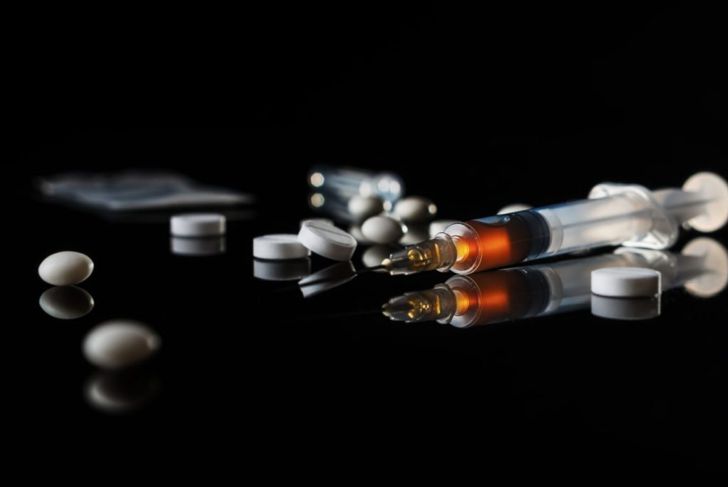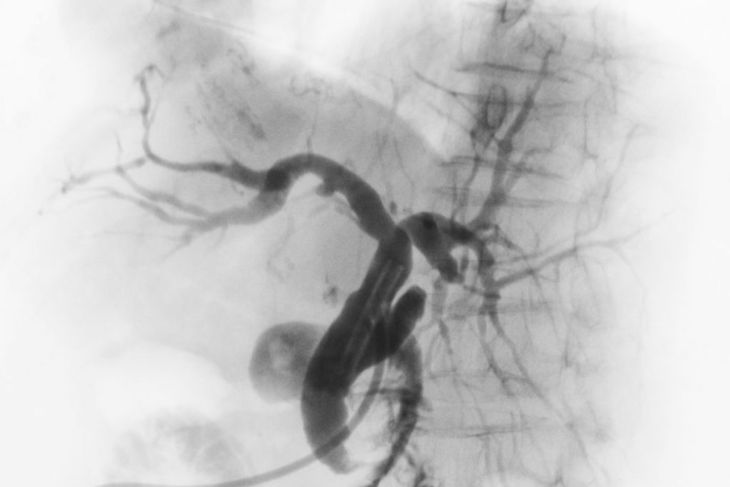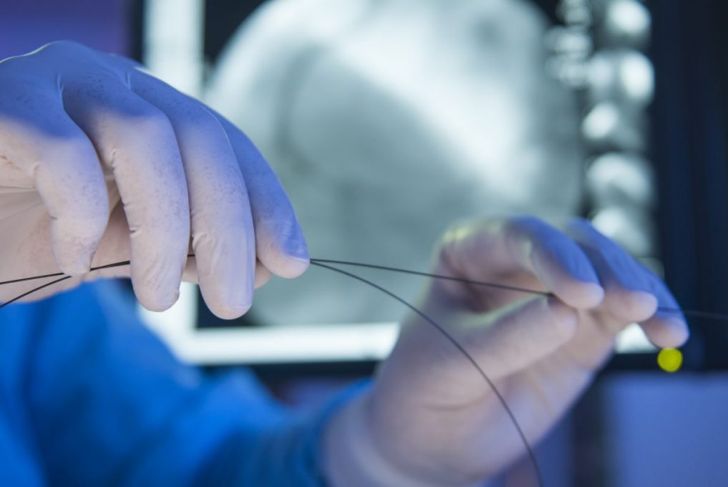There are several reasons one may require an angiogram. The individual may be experiencing chest pains, angina, difficulty breathing, or pain in the jaw, neck or arm that the doctor cannot explain with other tests. Sometimes, these issues reveal a heart defect or other problems with the blood vessels. If other tests have had abnormal results or the doctor finds a heart valve issue, the doctor may order an angiogram. Doctors usually perform angiograms after abnormal results from electrocardiograms, stress tests, or echocardiograms.
When to begin fasting
Unlike some procedures that require you to stop eating 12 or 24 hours before your procedure, you can eat up until two hours before the angiogram starts. For many patients, this means a light breakfast before heading to the doctor’s office. Experts do not recommend eating a heavy meal before any procedure.
When to stop taking medications
If you take medicines for diabetes, it is okay to keep taking them up until the day of the procedure. You should stop taking any other medications the day before an angiogram. Patients who are on blood thinners should not stop taking medication. Your doctor will discuss which medications you may have to keep taking before the day of your procedure. It is important to talk to your doctor about any medications, supplements, or over-the-counter drugs you are taking before you have an angiogram. This ensures the procedure will go on without a hitch.
How long does an angiogram take?
The angiogram itself will only take about 20 minutes. During this part of the procedure, doctors are only trying to detect what may be wrong. If you need an angioplasty, the procedure will take approximately 30 minutes for each section of artery that is repaired or widened.
Will the doctor put me under for an angiogram?
Most doctors will give you a local anesthetic to address any pain you may have at the catheter insertion site, which will cause temporary numbness that wears off after the procedure. General anesthesia is not needed for angiograms. The doctor sedates you, but you are awake for the entire procedure. Doctors may also have to remove hair from the catheter entry site if it will disrupt the process.
What happens during the procedure?
Primarily, doctors perform angiography to determine the number and percentages of blockages in your heart’s arteries and blood vessels. It is one of a group of procedures doctors call cardiac catheterizations, used for both diagnosis and treatment. After the doctor injects a special dye into the vessels, the procedure uses an x-ray to see if there is any restriction in blood flowing to your heart.The catheter goes into your arm or wrist or, if necessary, into an artery in your leg near the groin. Doctors push the catheter through the entry artery to the area that is believed to be problematic. In some cases, patients feel nauseated or get a slight headache, but these symptoms fade quickly. At some point during this procedure, your doctor will determine whether you need angioplasty to repair or unblock the blood vessel right away.
If I need an angioplasty?
Your doctor will discuss the options for you before your angiogram. Often, the angiogram will reveal the source of the blockage or damage, and the doctor can fix the problem right there. Some patients choose to do this over the course of two procedures. If so, the doctor will have to go through all of the steps for a normal angiogram again before performing the actual angioplasty.
How long is the recovery time for an angioplasty?
The length of recovery will depend on how your doctor performs the procedure. If the catheter is inserted in your wrist, you will also have a pressure device around your wrist to control bleeding once the catheter is removed. Your doctor will slowly decrease the pressure to allow the blood flow to return to normal. If the catheter was inserted through the groin, you will have a pressure bandage after the catheter is removed. You must keep your arm or leg straight and remain in bed until the doctor releases you after he or she is sure there will be no continued bleeding. During this time, nurses and assistants may monitor your vital signs and check your wound site over several hours.
Are there any risks?
When the catheter is first removed from your arm or groin, you may experience heavy bleeding. This is not unusual, but your doctor will watch carefully to make sure there is no underlying problem. If the catheter has damaged your artery and this problem is the source of your bleeding, you may need surgery to stop the bleeding. Although it is unusual, you could also have an allergic reaction to the dye that the doctor injects into your artery, or to the anesthesia. May doctors will do a medical history to determine the risk of this before the procedure. Finally, there is a risk of developing a blood clot, which is painful at the least or can cause swelling. If a clot travels to the lungs or heart, it can be fatal.
How do I care for myself after I get home?
Once the angiogram is done, you should avoid moving excessively. In most cases, your doctor will recommend you sit or lie down with your leg straight. The bandage should stay over your wound for at least 24 hours. You can return to your normal diet, avoiding alcohol for up to 8 hours after the procedure and drinking plenty of fluids. This will help flush the rest of the dye out of your system.For the first day, avoid lifting heavy objects, bending, climbing up and down stairs, getting into the shower, driving, and anything else that might be too strenuous. Avoid smoking. Make sure you ask your doctor about possible drug interactions if you take any medications.
What signs tell me something is wrong after angiogram?
Most people who have an angiogram that becomes angioplasty do not experience complications. The main things to watch for is bleeding and swelling. If you experience bleeding, it is best to lie flat and apply pressure with two or three fingers at the wound site for at least 15 minutes. If the bleeding continues, call your doctor immediately. If you develop any bruising or feel lightheaded, you should also call your doctor right away.

 Home
Home Health
Health Diet & Nutrition
Diet & Nutrition Living Well
Living Well More
More




















